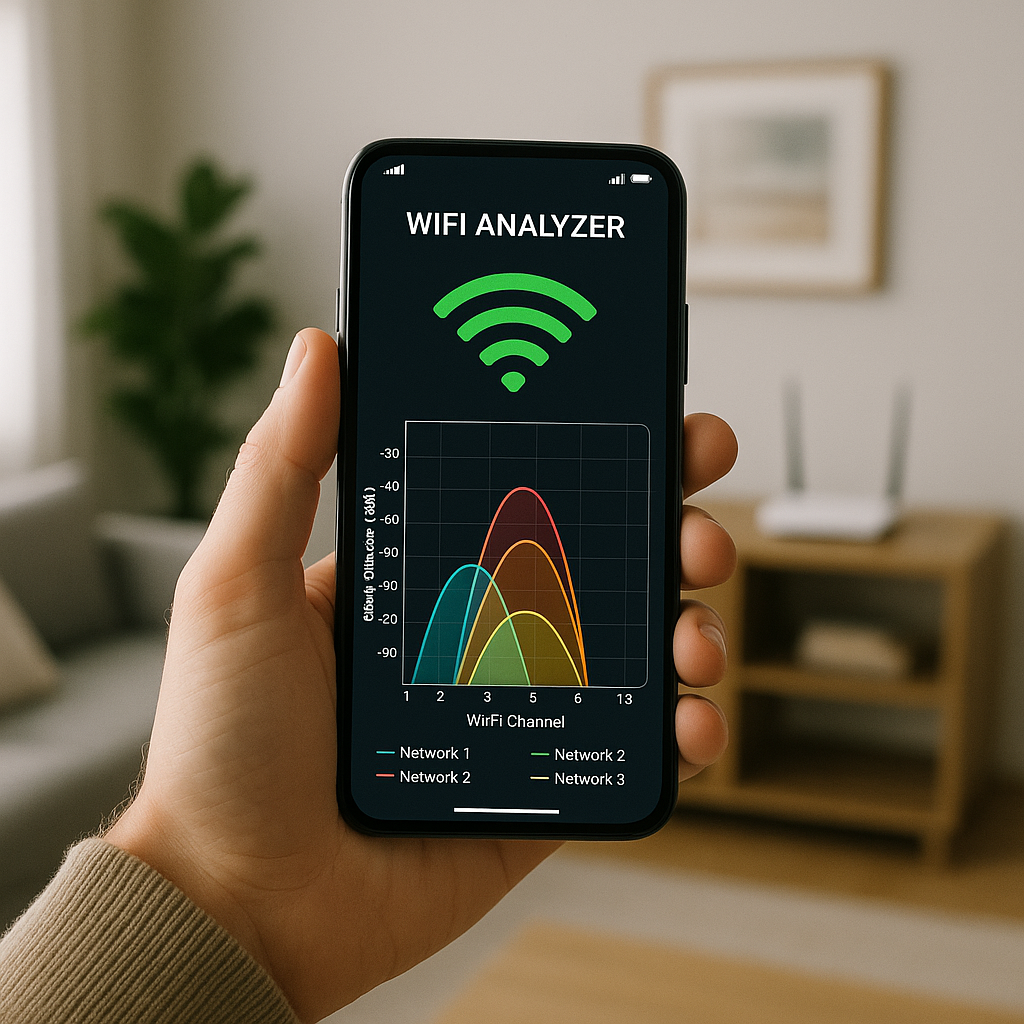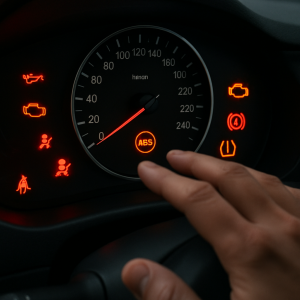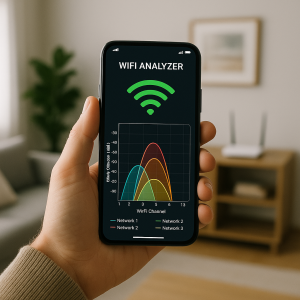Have you ever been driving along, enjoying the ride, when suddenly a little light pops up on your dashboard? Maybe it’s an engine symbol, a battery, or something completely unfamiliar.
That moment can be filled with dread. What does it mean? Is it serious? Can I keep driving? Ignoring these warning lights is a gamble, one that can result in extensive and costly repairs. I’m here to guide you through understanding these signals and taking the right steps to protect your vehicle.
The dashboard warning system is essentially your car’s way of communicating vital information about its health. By understanding the language of these lights, you can address potential issues early, preventing minor problems from escalating into major headaches. In this guide, I’ll break down the most common warning lights, explain what they signify, and provide actionable advice on how to respond. Let’s dive in!
The Importance of Paying Attention to Your Dashboard
Why is it so crucial to heed those illuminated symbols? The answer is simple: prevention. Think of your car’s warning lights as early warning signs for underlying problems. Addressing these issues promptly can save you significant money and stress in the long run. Neglecting these alerts, however, can lead to:
- Increased Repair Costs: A small problem, if ignored, can quickly snowball into a major, more expensive repair.
- Safety Risks: Some warning lights indicate issues that directly impact your safety, such as brake problems or airbag malfunctions.
- Breakdowns: Ignoring warning lights can ultimately lead to a complete breakdown, leaving you stranded and facing unexpected expenses.
- Reduced Vehicle Lifespan: Neglecting maintenance and repairs contributes to premature wear and tear, shortening the lifespan of your vehicle.
Therefore, understanding and responding to your dashboard warning lights is an investment in your vehicle’s longevity and your own peace of mind. It’s inegavelmente a crucial aspect of responsible car ownership.
Common Dashboard Warning Lights and Their Meanings
Let’s explore some of the most frequently encountered warning lights and what they might indicate. This isn’t an exhaustive list, but it covers the essential ones you should be familiar with.
Engine Warning Light (Check Engine)
This is arguably the most ambiguous and potentially concerning light. It can indicate a wide range of issues, from a loose gas cap to a faulty catalytic converter. It commonly appears as an engine symbol. Consequently, it’s best to get your car scanned by a mechanic to determine the exact cause. Because the range of potential issues is so broad, professional diagnosis is essential.
Action: Schedule a diagnostic appointment with a trusted mechanic as soon as possible.
Oil Pressure Light
This light, often resembling an oil can, indicates low oil pressure. This is a critical warning, as insufficient oil pressure can cause severe engine damage. Therefore, you should not ignore it.
Action: Pull over safely and check your oil level. If it’s low, add oil. If the light persists, have your car towed to a mechanic.
Battery Light
Shaped like a battery, this light signals a problem with your charging system. This could be due to a faulty alternator, a bad battery, or a problem with the wiring. As a result, the battery may not be charging properly.
Action: Have your charging system inspected by a mechanic. A failing charging system can leave you stranded.
Brake Warning Light
This light can indicate several brake-related issues, such as low brake fluid, a problem with the anti-lock braking system (ABS), or that the parking brake is engaged. Therefore, it’s important to differentiate the causes.
Action: Check your brake fluid level and ensure the parking brake is fully released. If the light remains on, have your brakes inspected immediately.
Temperature Warning Light
This light, often depicted as a thermometer in water, indicates that your engine is overheating. Overheating can cause severe engine damage. Thus, immediate action is necessary.
Action: Pull over safely and allow your engine to cool down. Check your coolant level. If it’s low, add coolant. If the light persists, have your car towed to a mechanic.
Tire Pressure Monitoring System (TPMS) Light
This light, usually resembling a horseshoe with an exclamation point, indicates that one or more of your tires are underinflated. Underinflated tires can affect handling and fuel efficiency. In addition, it can be a safety hazard.
Action: Check your tire pressure and inflate your tires to the recommended pressure (found on a sticker inside your driver’s side door or in your owner’s manual).
ABS Warning Light
This light indicates a problem with your anti-lock braking system (ABS). While your regular brakes may still function, the ABS system may not be working correctly. Therefore, braking distances could be affected.
Action: Have your ABS system inspected by a mechanic.
What to Do When a Warning Light Comes On
So, what should you do when a warning light illuminates on your dashboard? Here’s a step-by-step guide:
- Stay Calm: Don’t panic. Take a deep breath and assess the situation.
- Identify the Light: Refer to your owner’s manual to identify the specific warning light and its meaning.
- Assess the Severity: Is it a critical warning (like oil pressure or temperature) that requires immediate action, or a less urgent warning (like tire pressure)?
- Take Appropriate Action: Follow the recommended actions based on the specific warning light. This may involve pulling over, checking fluids, or scheduling a mechanic appointment.
- Don’t Ignore It: Even if the light goes off on its own, it’s still a good idea to have your car checked by a mechanic. The problem may still exist, and ignoring it could lead to more serious issues down the road.
Preventative Maintenance: Keeping Your Dashboard Lights Off
The best way to avoid the stress and expense of dealing with warning lights is to practice preventative maintenance. Regular maintenance can identify potential problems before they trigger a warning light. For instance, regular oil changes can prevent low oil pressure issues. Similarly, checking and maintaining coolant levels can prevent overheating.
Here are some key preventative maintenance tasks:
- Regular Oil Changes: Follow your manufacturer’s recommended oil change intervals.
- Fluid Checks: Regularly check and top off your coolant, brake fluid, power steering fluid, and transmission fluid.
- Tire Maintenance: Maintain proper tire pressure and rotate your tires regularly.
- Brake Inspections: Have your brakes inspected regularly by a qualified mechanic.
- Battery Testing: Have your battery tested periodically to ensure it’s in good condition.
By staying on top of these maintenance tasks, you can significantly reduce the likelihood of encountering unexpected warning lights and costly repairs. Besides, preventive maintenance often saves money in the long run.
The Role of a Mechanic
While some warning lights may indicate simple issues you can address yourself, others require the expertise of a qualified mechanic. A mechanic has the tools and knowledge to diagnose complex problems and perform necessary repairs. Furthermore, they can provide valuable advice on preventative maintenance.
When choosing a mechanic, consider the following:
- Reputation: Look for a mechanic with a good reputation and positive reviews.
- Experience: Choose a mechanic with experience working on your vehicle’s make and model.
- Certifications: Look for mechanics with relevant certifications, such as ASE (Automotive Service Excellence).
- Transparency: A good mechanic will explain the problem clearly and provide a detailed estimate before starting any work.
Don’t hesitate to ask questions and seek clarification if you don’t understand something. A trustworthy mechanic will be happy to explain the issue and the proposed solution in plain language. As a result, you can make informed decisions about your vehicle’s care.
Beyond the Basics: Advanced Warning Systems
Modern vehicles often feature more sophisticated warning systems that go beyond the basic lights. These systems may include:
- Digital Displays: Some vehicles have digital displays that provide more detailed information about the problem.
- Audible Alerts: In addition to visual warnings, some systems use audible alerts to draw your attention to potential issues.
- Connectivity Features: Some vehicles can even send diagnostic data to your smartphone or to the dealership, allowing for remote monitoring and proactive maintenance.
Familiarize yourself with the specific warning systems in your vehicle and take advantage of any advanced features they offer. With the intention of staying informed, consult your owner’s manual. As well, consider talking to your mechanic about any advanced diagnostic features your car has.
Therefore, understanding your car’s warning lights and taking appropriate action is crucial for maintaining its health, ensuring your safety, and preventing costly repairs. Don’t ignore those little lights – they’re trying to help you.
Ready to take control of your car’s health? Schedule a check-up with your trusted mechanic today! /minha-pagina-interna








